Top 7 Best Garlic Keepers for Your Home Kitchen
Last Updated on 4 months by sjain
Garlic is a major ingredient used in more than 80% of kitchens around the world, known for its ability to flavor dishes with its distinctive taste and aroma. It becomes an essential ingredient in both culinary and health contexts. However, to preserve the taste and health properties of garlic for a longer period, you can use garlic keeper.
A garlic keeper is designed to preserve the freshness and potency of garlic by providing ideal storage conditions. These conditions include proper ventilation to prevent moisture buildup and protection from light to preserve its flavor. These are usually made of materials such as ceramic, terracotta, or metal making garlic holders not only practical they are also a stylish addition to any kitchen.
Benefits of Garlic Keepers: The main benefits of using garlic protector include extending the life of your garlic, ensuring it remains tasty and potent for your cooking needs, and preventing the odor of garlic from affecting other foods in your kitchen. Is included. It’s a simple investment that helps enhance your culinary experience by keeping your garlic in good condition.

Here we have selected Top 7 Best Garlic Keepers for your kitchen, which are all made of different materials and which are in great demand among the people. You can make your mind more certain after seeing the Garlic Keeper of your choice from this top list. All these materials have been selected by me and the team of thegadgetshome.com.
Ceramic Garlic Keepers with Vents
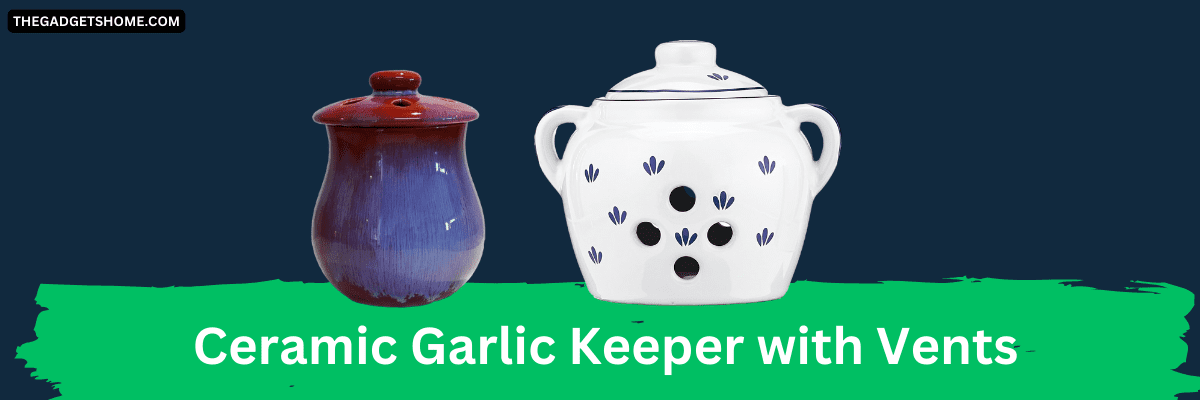
A ceramic garlic keeper with vents provides the perfect environment for storing garlic, these are usually made from clay thus prolonging its freshness and usefulness.
These types of garlic keepers usually have small ventilation holes that allow air to circulate freely, preventing moisture build-up and reducing the risk of mold and sprouting. The ceramic material also naturally blocks out light and heat, which is essential for maintaining the potency and flavor of the garlic. Furthermore, the advantage of ceramic is that it is easy to clean and it is able to tolerate regular use without absorbing odors.
Benefits of Ceramic Garlic Keepers
Ceramic Garlic Keepers is a natural and traditionally made garlic organizer. They have many benefits which are given below:
- Stay Fresh Longer: These garlic saver is mostly made from natural clay which has organic properties that help keep your garlic bulbs cooler than traditional containers.
- Keeps Garlic Dry and Cool: To keep the garlic dry and cool in these garlic keepers, holes are provided in the bottom of the garlic pot for proper ventilation so that it can be stored for a long time.
- Versatile Design: These garlic keepers usually come in very beautiful designs which add beauty to your kitchen whether your kitchen is modern or classic.
- Safety from Chemicals: These ceramic garlic keepers are made from a natural material that causes 0% harm to our body compared to harmful materials like plastic.
Drawbacks of Ceramic Garlic Keeper
- Fragility: Ceramic can easily crack, chip, or break if dropped or knocked, requiring careful handling.
- Weight: Ceramic keepers are heavier than their plastic or mesh counterparts, making them less portable and more cumbersome to move around, especially when full.
- Cost: Generally, ceramic keepers are more expensive than other materials due to their decorative designs and the cost of materials and production.
Find Your Favorite
Terracotta Garlic Keepers
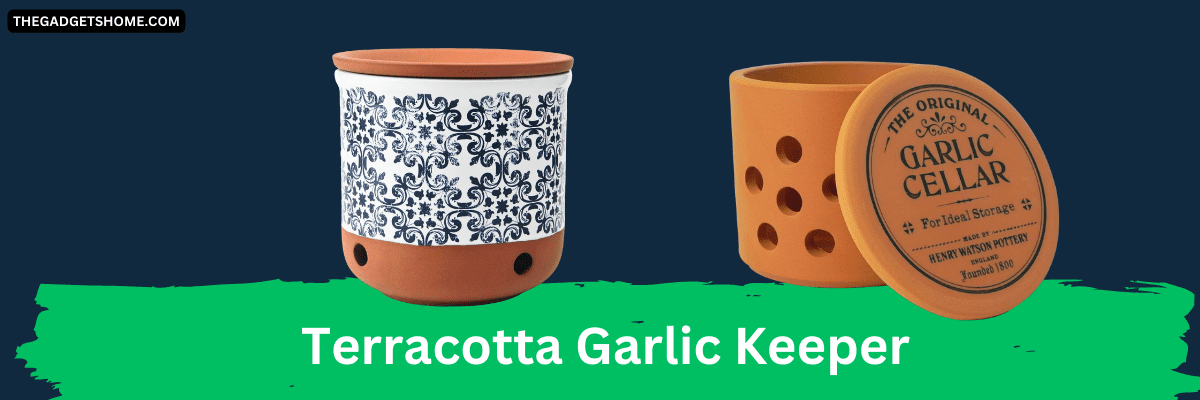
Terracotta, a type of clay pot, is known for its porous properties. The material allows for better air circulation and moisture absorption, two important factors in preventing garlic cloves from becoming moldy or sprouting prematurely. Terracotta’s natural insulation properties also help keep garlic in a cool, dark environment, maintaining its freshness and extending its shelf life. Many terracotta garlic keepers have a lid and additional ventilation holes to increase airflow.
Benefits of Terracotta Garlic Keeper
- Keep Garlic Fresh Longer: Terracotta garlic keepers have very good airflow due to which things like garlic, ginger and chilies remain fresh and perfect for a very long time.
- Naturally (No Chemicals): Terracotta garlic keepers are made from Terracotta clay which is synthetically chemical free.
- Conveniently (Designed for Garlic): Terracotta garlic keepers are specially designed for garlic, it has a large mouth at the top so that the cloves of garlic can be placed and taken out easily.
- Versatile Design: Terracotta garlic keepers are mostly handmade with intricate designs that look great in your classic to modern kitchen.
Drawbacks of Terracotta Garlic Keeper
- Fragility: Similar to ceramic, terracotta is prone to cracking or breaking if dropped or handled roughly.
- Moisture Sensitivity: Terracotta’s porous nature, which allows for air circulation, can also absorb moisture and odors. If not properly cared for, it can lead to mold or mildew growth on the keeper itself.
- Weight: Terracotta is generally heavier than plastic or metal alternatives, making it less convenient to move around, especially when loaded with garlic.
- Aesthetic Wear: Over time, terracotta may show signs of wear or staining from water and garlic oils, which could affect its rustic appeal.
- Odor Absorption: Terracotta, like some other natural materials, can absorb garlic odors over time. This isn’t necessarily a negative, but if strong odors bother you, be aware that it might require more frequent cleaning or ventilation.
Find Your Favorite
Stoneware Garlic Keeper

A stoneware garlic keeper is a container specifically designed to store garlic cloves. It’s made from stoneware, a type of high-fired ceramic known for its durability and heat resistance.
Benefits of Stoneware Garlic Keeper
- Regulates Moisture: Stoneware is slightly porous, allowing for some airflow which helps prevent moisture build-up, a key culprit behind garlic spoiling and sprouting.
- Darkness and Coolness: Stoneware is good at keeping the interior dark and cool, mimicking the ideal environment for garlic storage.
- Durable: Stoneware is a strong and long-lasting material that can withstand everyday use.
- Odor Control: Unlike some other materials, stoneware helps contain garlic odors.
- Easy Cleaning: Stoneware is generally dishwasher-safe for easy cleaning.
- Variety of Styles: Stoneware garlic keepers come in a variety of shapes, sizes, and colors to match your kitchen decor.
Drawbacks of Stoneware Garlic Keeper
- Weight: Stoneware is typically heavier than other materials like plastic or bamboo, making it less convenient for frequent moving or handling.
- Cost: Because stoneware can be artistically designed and often handmade, it tends to be more expensive than other materials used for garlic storage.
- Fragility: While stoneware is more durable than materials like terracotta or ceramic, it can still crack, chip, or break if dropped or mishandled.
- Insulation: Stoneware has good insulation properties, which can be a drawback as it may not allow garlic to “breathe” as well in varying temperatures, potentially affecting freshness.
- Maintenance: Proper care is required to prevent odor and mold buildup, especially in the keeper’s crevices or if there are unglazed parts inside.
Find Your Favorite
Plastic Garlic Holders

Plastic Garlic Holders are a common and economical option for storing garlic compared to terracotta, stoneware or ceramic. It is easy to handle and see. Plastic is flexible, due to which its breakage is much less as compared to other materials.
Plastic garlic keepers must have air holes or moisture can build up inside, leading to spoilage and germination, so choose keepers with ventilation holes if possible.
Benefits of Plastic Garlic Holders
- Budget-friendly: Plastic is typically the cheapest option compared to terracotta, stoneware, or ceramic.
- Lightweight and Transparent: Easy to handle and see how much garlic you have left.
- Variety of Designs: Available in various shapes, sizes, and some may have features like ventilation holes.
- Dishwasher Safe: Convenient for cleaning.
Drawbacks of Plastic Garlic Holders
- Moisture Trapping: Plastic can trap moisture which can lead to spoilage and sprouting. Opt for keepers with ventilation holes if possible.
- Potential for Odor Absorption: Over time, plastic can absorb garlic odor, potentially impacting other stored foods.
- Durability: Plastic keepers may crack or break more easily than other materials.
- Not Eco-friendly: Plastic is not the most environmentally friendly option, especially if likely to be disposed of frequently.
Find Your Favorite
Metal’s Garlic Holders

Metal garlic keepers offer a sleek, modern solution for storing garlic in your kitchen. They’re favored for their durability, ease of cleaning, and ability to blend into contemporary kitchen designs. These metals can be of many types like stainless steel, silver, gold.
Benefits of Metal Garlic Holders
- Durability: Metal garlic holders are built to last, resistant to the chips, cracks and breaks that can affect other materials. High-quality metals like stainless steel are rust and corrosion resistant, ensuring that your garlic holder maintains its appearance over time.
- Hygiene: The non-porous surface of metal garlic holders means they can be easily cleaned or washed without absorbing odors or bacteria. And some metals, such as copper, have naturally occurring antibacterial properties, which provide protection for stored garlic.
- Finish Variety: Metal garlic holders come in various finishes, including polished, matte, or brushed, allowing for further customization to your kitchen décor.
- Functionality: Proper ventilation is key to keeping garlic fresh, and metal holders often feature design elements like perforations that promote air circulation. Metals naturally block light, preventing the premature sprouting of garlic cloves.
- Multi-Use: Beyond storing garlic, these holders can be versatile enough to store other items like shallots or small onions, maximizing their utility in your kitchen.
Drawbacks of Metal Garlic Holders
- Heat Sensitivity: Metal conducts heat more efficiently than other materials, which means metal garlic holders can become warm when placed near a heat source, potentially affecting the garlic’s storage life.
- Cost Depending: on the type of metal and design complexity, metal garlic holders can be more expensive than their ceramic or terracotta counterparts. Depending on the type of metal and design complexity, metal garlic holders can be more expensive than their ceramic or terracotta counterparts.
- Fingerprint Marks: Polished metal surfaces, especially stainless steel, can show fingerprint marks, requiring frequent cleaning to maintain their appearance.
Find Your Favorite
Ventilated Garlic Bags

A ventilated garlic bag is a storage solution designed to optimize the shelf life and freshness of garlic by providing proper air circulation through built-in ventilation. These bags are typically made of materials such as linen, cotton, or synthetic mesh, each chosen for its breathability. Allows air flow to prevent moisture build-up, reducing risk of mold and germination. Also these bags are easy to carry, hang or store in different places in your kitchen or pantry. They are designed to be durable and reusable, providing an eco-friendly alternative to plastic.
Benefits of Ventilated Garlic Bag
- Promotes Airflow: The bags’ breathable material ensures ample air circulation around the garlic, reducing the risk of moisture buildup which can lead to mold and sprouting.
- Maintains Freshness: By preventing excess moisture and allowing ethylene gas to escape, these bags help keep garlic fresh and preserve its flavor for a longer period.
- Light Protection: Typically crafted from materials that limit light exposure, these bags help protect garlic from light that can degrade its quality.
- Eco-Friendly: Made from sustainable, often natural materials, ventilated garlic bags are a reusable and environmentally friendly alternative to single-use plastic bags.
- Convenient and Accessible: Equipped with features like drawstring closures, these bags are easy to use, allowing for quick access to garlic when cooking.
- Space-Saving: Their flexible design means they can easily be placed in a pantry, hung on a hook, or tucked away in a cupboard, making them ideal for kitchens of all sizes.
- Durable: Designed for repeated use, these bags are typically made from sturdy materials that withstand the wear and tear of kitchen storage.
- Attractive Design: Available in various colors and patterns, ventilated garlic bags can also serve as a decorative addition to your kitchen.
- Versatile Storage: Not limited to just garlic, these bags can also be used for storing other produce items that benefit from ventilated storage, such as onions or shallots.
- Easy to Clean: You can easily wash it by machine or hand.
Drawbacks of Ventilated Garlic Bag
- Moisture Vulnerability in Humid Environments: In areas with high humidity, the breathable fabric may not prevent moisture as effectively, potentially leading to mold or mildew.
- Maintenance Requirements: Ventilated bags need to be cleaned periodically to remove any garlic skin or residue that accumulates inside, which can be a bit more time-consuming compared to wiping down a hard container.
- Not Fully Light-Proof: While designed to reduce light exposure, some bags may not completely protect garlic from light, especially if the fabric is not very dense or if the bag is placed in a brightly lit area.
- Visibility: It’s harder to monitor the quantity or condition of the garlic inside the bag without opening it, which might lead to wastage if garlic goes unnoticed.
Find Your Favorite
Garlic Keepers with Wooden Lid

A garlic keeper with a wooden lid combines the aesthetic appeal and natural benefits of the two materials, providing a stylish and functional way to store garlic. The wooden lid prevents the garlic from smelling and protects the garlic in the garlic keeper.
Benefits of Garlic Keeper with Wooden Lid
- Preserves Freshness: The combination of air circulation through the base and reduced light exposure from the wooden lid helps to maintain garlic’s freshness for longer periods.
- Reduces Moisture: By allowing air to flow, it prevents the buildup of moisture, which can lead to mold and sprouting.
- Aesthetic Appeal: Adds a decorative element to kitchen counters or shelves, marrying functionality with style.
- Eco-friendly: Both the base materials and the wooden lid are often more environmentally friendly compared to plastic alternatives.
- Easy Access: The lid is typically easy to lift, offering convenient access to the garlic inside while keeping it neatly contained when closed.
- Care and Maintenance: The wooden lid may require occasional oiling to maintain its condition, and the base should be cleaned to prevent odor buildup.
- Fragility: Depending on the material of the base, it may be prone to chipping or cracking if not handled with care.
- Variable Porosity: The effectiveness of the keeper in terms of breathability can vary, impacting its ability to keep garlic fresh.
Drawbacks of Garlic Keeper with Wooden Lid
- Maintenance: The wooden lid requires regular care to prevent warping or cracking. It may need occasional oiling or sealing to maintain its appearance and functionality.
- Moisture Sensitivity: Wood can be sensitive to moisture, potentially leading to mold or mildew if not properly cared for, especially in humid environments.
Find Your Favorite
Factors to Choice a Perfect Garlic Keeper
- Storage Time: How long do you typically need to store garlic? If you use garlic frequently and buy smaller quantities, a simpler option like a terracotta keeper or ventilated bag might suffice. For longer storage periods, a more breathable material like terracotta or stoneware could be better.
- Moisture Control: Finding the right balance of airflow and moisture protection is key. Terracotta and stoneware offer breathability, but might require monitoring in dry climates. Plastic keepers can trap moisture, so opt for ones with ventilation holes if possible. Ventilated bags offer airflow but might dry out garlic too quickly.
- Durability: Consider how clumsy you are in the kitchen! Stoneware and ceramic offer good durability, while terracotta is more fragile. Plastic is lightweight but can crack easily. Ventilated bags might be less durable depending on the material.
- Budget: Plastic keepers are the most affordable option, while stoneware and ceramic tend to be more expensive. Terracotta and ventilated bags fall somewhere in between.
- Style: Do you prioritize functionality or aesthetics? Terracotta, stoneware, and ceramic keepers come in various styles, while plastic and ventilated bags are typically more basic.
- Ease of Use: How important is convenience for you? Plastic and ventilated bags are lightweight and easy to handle. Terracotta, stoneware, and ceramic keepers require a bit more care to avoid chipping or breaking.
Conclusion:
In this article, we have told about the different types of Garlic Keepers and also about their advantages and disadvantages. All the garlic keepers available in the market are made of one of these materials. Choosing the right garlic keeper is more than just finding a storage solution
It’s all about enhancing the longevity and flavor of one of the most essential ingredients in your kitchen. By considering factors such as material, size, ventilation, design, ease of cleaning, and the highlighted additional considerations, you can select a garlic keeper that not only preserves your garlic in optimal conditions but also enhances the aesthetics of your kitchen. also completes.
We hope you liked the information given by us. If you find any mistake in this article or want to give any suggestions, please comment and contact. Thank you!
Read More:
- SwitchBot Lock Pro: Smart Security for Your Home
- Revolutionizing Home Automation: SwitchBot Blind Tilt Motorized Blinds (Review)
- Top 10 Best Fancy Toasters
- 2024’s Best Smart Kitchen Appliances as Wedding Gifts for the Busy Bride | Laziest Person
- Best 14 Automatic Trash Cans with Lids
- Best Garlic Presses and Mincers in Different Designs and Shapes for 2024: Reviews and Buyer’s Guide
- 14 Best Different Types of Sifter | Strainer | Colander Kitchen Tools
- Exploring the 70+ World of Plastic and Hard Rubber Kitchen Tools
- Best All-Clad electric kitchen tools
- 33 Kitchen Gadgets That Every Kitchen Must Have And Can Be Operated With One Hand
- Writable Night Table Lamp
- Bruce Lee Kung Fu Vinyl Wall Clock
- Solar-Powered Red Ant with LED Lights
- Homedics Drift Sandscape
- Cute 3 Monkey Vinyl Record Wall Clock
- Mini Electric Hand Pen Drill
- UGOSELEC Smart Sound Machine & Light Alarm Clock with App Control and Wireless Charger
- 18 Piece Home Essentials All Black Knife Block Set
- Bicycle Pizza Cutter
- Crevice Cleaning Tool Set for Small Spaces
- Pink Flower 6Pieces Sharp Chef Knife Set
- BedJet’s Dual Zone Climate Control for King Size Beds
- HP Tango X Printer with Indigo Linen Cover and Mobile Printing
- Electric Wood Bucket Ice Cream Maker
- The Trusted Chef’s Sushi Making Kit with Bamboo Mat and Bazooka
- Discovering the Enchanting World of Bonsai Trees
- Vintage Charm for Your Bathroom: A Ceramic Art Basin Sink with a Carved Bird Design
- World’s First KnewKey’s Rocksete Bluetooth Mechanical Keyboard with HiFi Speakers
- Titanium Micro-Needle Derma Roller
- Cuisinart Ice Cream and Yogurt Maker
- Easy to Carry Wireless Inkless Portable Printer
- Over Ear with Ear Buds Wireless Bluetooth Headphones
- The Mighty 90-in-1 Mini Electric Screwdriver Set
- Smart Cutting Board And Knives Set With Holder
- Smart Curtain Rod 2.0 and Button Pusher
- Cordless Electric Spin Scrubber with 8 Brush Heads for Home Cleaning
- Smart Thermostat with Air Quality Monitor and Smart Sensor
- Upgrade Your Bathroom Comfort with a Soft Contoured U-Shaped Toilet Rug
- 3-in-1 Wireless Charger with Fast Charging and Travel Case
- 3-Pack Reusable Silicone Liners for Effortless Air Frying
- 6-Port Multidevice Charger with 200W USB-C Charging
- Wireless Handheld Vacuum with UV LED for Dust Mite Control
- Feed and Watch Your Feathered Friends with Birdfy AI Feeder!
- Care your wood cutting board with Cutting Board Oil and Wax with Natural Citrus Extract
- Industrial Retro Lighting Robot Table Lamp
- Heat Resistant Glass Teapot with Stainless Steel Infuser Set
- 15-in-1 Suspension-NXT Multitool Pocket Knife with Pliers and Clip
- LED Thermometer Handheld Shower Head with Fahrenheit Display
- Ring Plus Ionic Hair Straightener Brush
- Bamboo Cutting Board with Containers Locking Lid and Knife Sharpener
- Handheld Milk Frother and Drink Mixer
- Smart Cutting Board and Knife Holder with Dry UV and Ozone
- Convenient and Stylish Stick-On Key Holder
- Quench Your Thirst with Water Filter Pitcher
- OXO Good Grips Salad Spinner
- 9-Hole Herb Stripper Tool
- Toothbrush Organizer with Toothpaste Holder and Accessories
- 42 Pack BPA-Free Kitchen Organization Set
- Bedside Table with Wireless Charging and Human Body Sensor
- Rice Cube Transforming Rice into a Cool and Creative Dish
- Silicone Spoon Rest for Kitchen Counter
- Next-Gen Meeting Owl 3 Smart 360-Degree Video Conference Camera
- The Ultimate Instant Pot Steam Diverter for Kitchen Accessories
- Self-Cleaning Bidet Attachment for Ultimate Cleanliness
- Magnetic Spice Shelf for Stove Top
- Multifunctional Salad Spinner for Get Your Greens Clean & Dry
- Aveine Wine Aerator with App Compatibility and Protection
- Smart Ceiling Fan with LED Light and Remote Control
- WANBO TT Auto Focus Smart Projector with High-Tech Features
- HATHASPACE’s 2.0 True HEPA Smart Air Purifier for Large Rooms
- Chill Your Phone with Semiconductor Cooling Magic Charging
- Sisyphus Table Drift Sandscape
- Best Drift Gaming Ottoman TV Bed Frame
- Light Up Your Outdoors with AmeriTop Wireless Waterproof Light
- Streamline Your Cooking: The Versatile 8 in 1 Kitchen Tool
- Keep an Eye on Every Angle with Blink Mini Pan-Tilt Camera
- A Beautiful Infrared Sensor Soap Dispenser
- Solar Turtle | Rabbit | Gnome | Angel Garden Statue with Succulent and LED Lights
- CHRYZTAL’s Heavy Duty Garden Growing Tool Set
- Cellphone Jail: A Novelty Gadget for Safe Smartphone Storage
- Folding Garden Kneeler with Tool Pouch and Gloves
- 360 Gadget’s Flexible and Durable Stainless Steel Garden Hose
- Colorful & Waterproof Solar Pathway Lights
- Homedics Tabletop Water Fountain with Natural River Rocks
- Semilits Solar Bee String Lights for Outdoor Garden Decoration
- The Ultimate Chefsofi’s Cheese Board Set for Entertaining and Serving
- Space-Saving Outlet Shelf for Smart Home Devices
- The Ultimate 567-Piece Cake Decorating Kit!
- Shower Power Pro Ampere with Hydropower Bluetooth Shower Speaker and LED Lights
- Exploring the 70+ World of Plastic and Hard Rubber Kitchen Tools
- 14 Best Different Types of Sifter | Strainer | Colander Kitchen Tool
- The Best Matte Black Bathroom Hardware Set: Elevate Your Bathroom Vanity
- The Best 9 Outdoor Solid Storage Cabinet & Shed: Garden Tool Cabinets
- Open Air Drop: The Ultimate Outdoor Delivery Drop Box
- Boost Your Gaming Dream with The Best Game-Themed Quilt Set
- 35+ Best Decorative Trendy Blob Mirrors for Home: Embrace the Quirky Charm
- 24 Best 3-Light Vanity Lights for Your Bathroom | Home
- Best 14 Automatic Trash Cans with Lids
- How to Build Our Home Intelligent and Saving Big Bucks!
- 2024’s Best Smart Kitchen Appliances as Wedding Gifts for the Busy Bride | Laziest Person
- The Best Complete Guide to Kitchen Organization for Beginners in 2023
- Halloween Kitchen Decor: 33+ Ideas to Get You in the Spirit (2023)
- The Funniest Bestselling Kitchen Gadgets on Amazon in 2023
- Different Types of Garlic Presses and Mincers in Different Designs and Shapes in 2024: Reviews and Buyer’s Guide
- Top 10 Best Fancy Toasters
- Amazon eero 6+ Mesh Wi-Fi Router (Review)
- Amazon eero Max 7: The Ultimate Mesh Wi-Fi Router for the Future-Ready Home (Review)
- Revolutionizing Home Automation: SwitchBot Blind Tilt Motorized Blinds (Review)










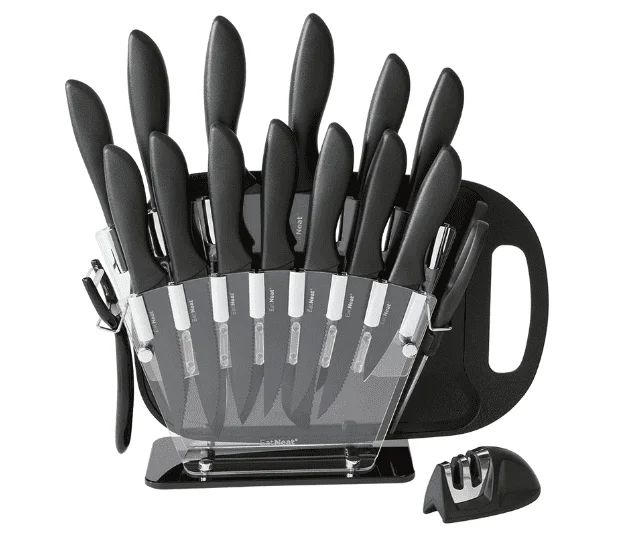
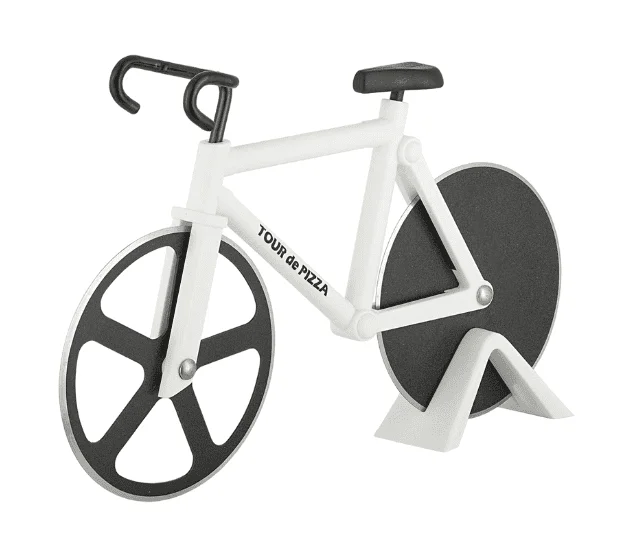
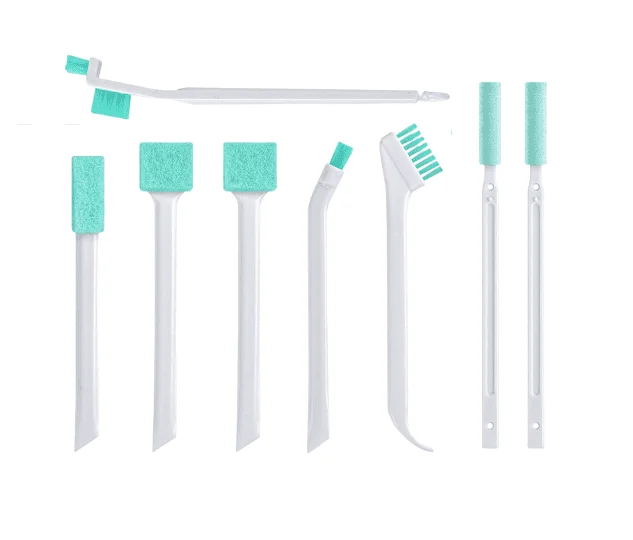
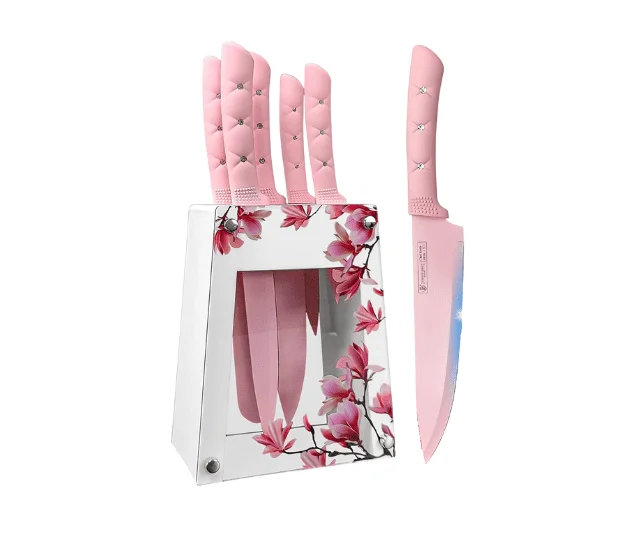
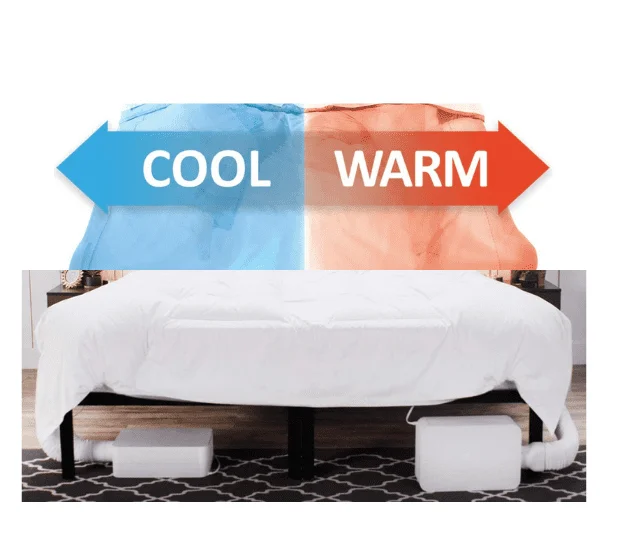

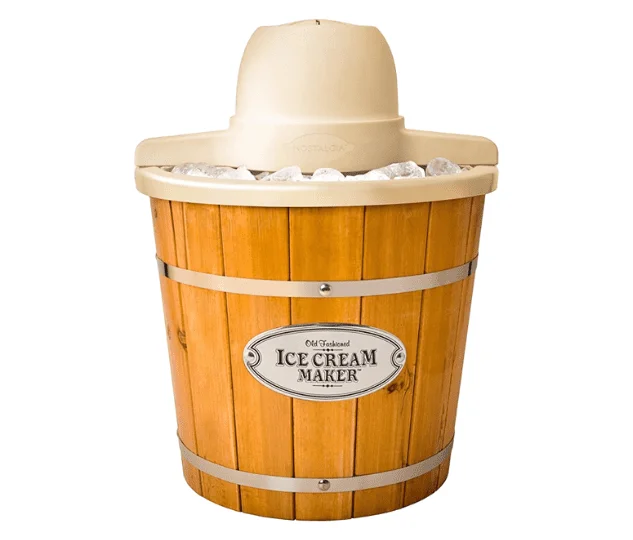


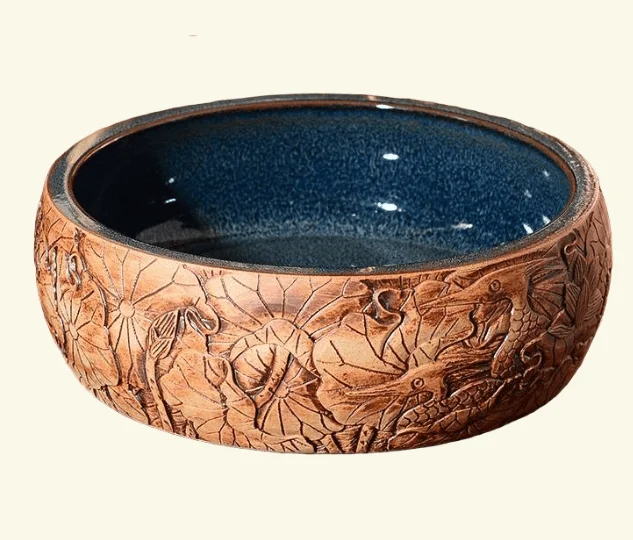


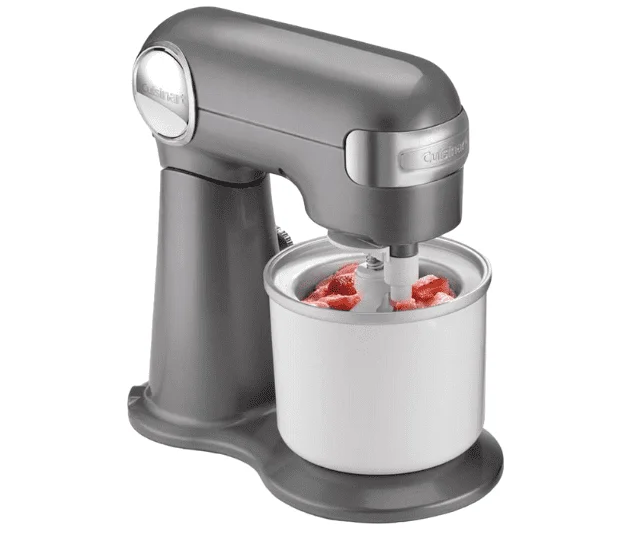
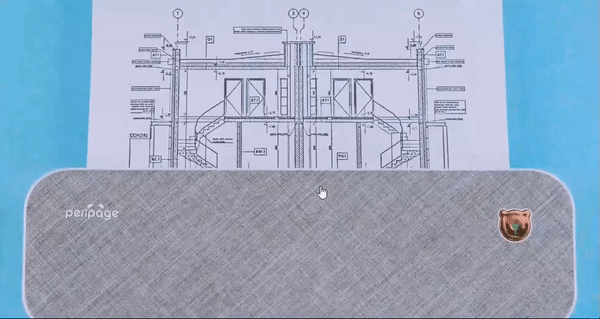

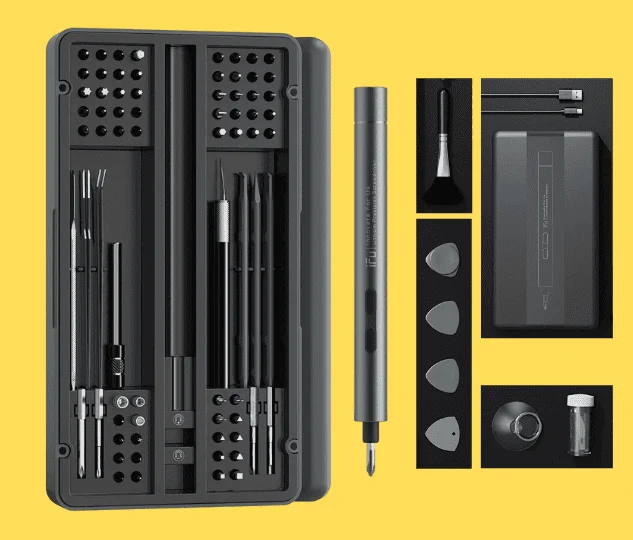
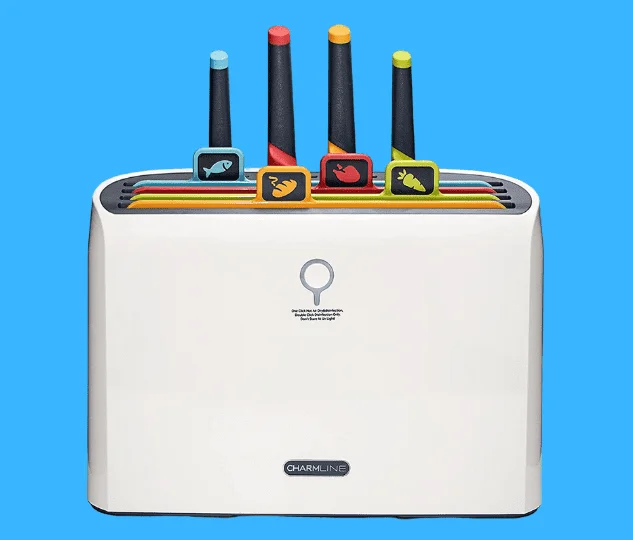

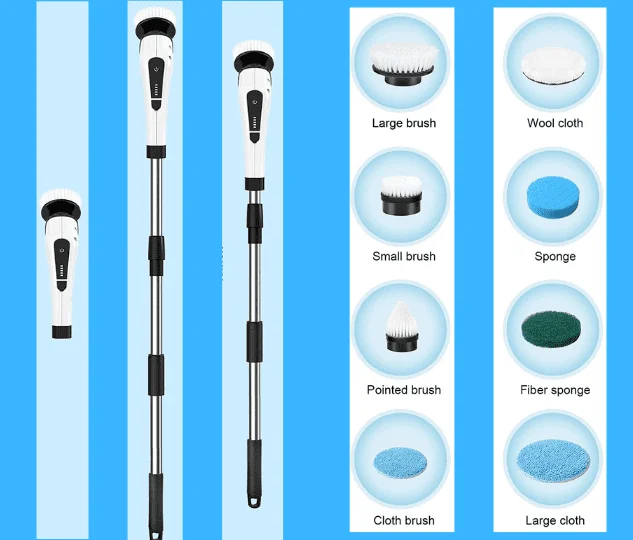




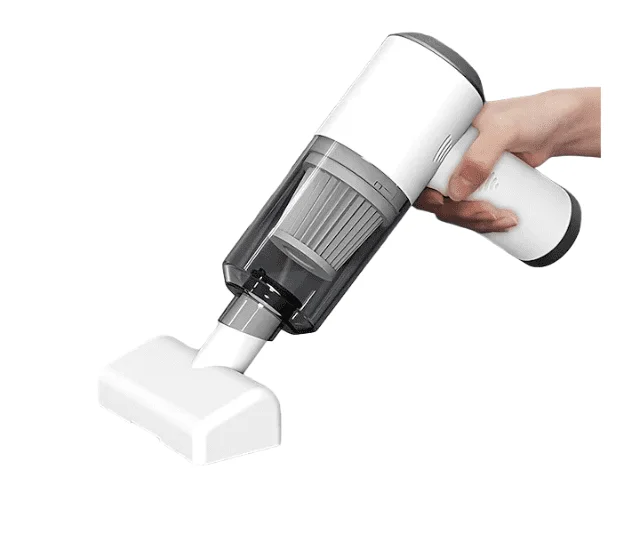

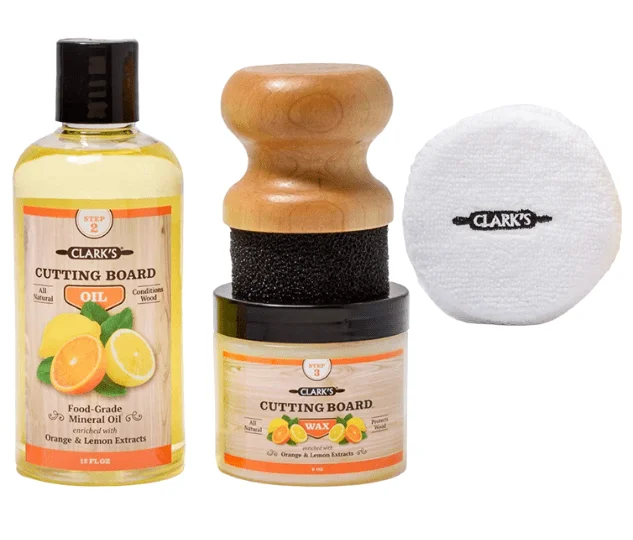
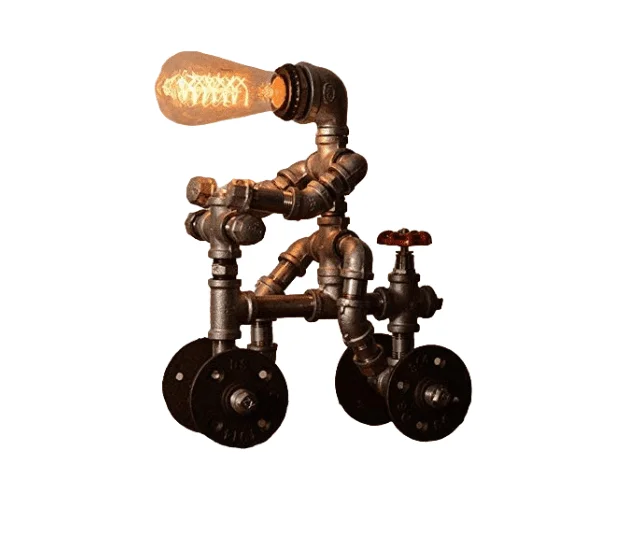


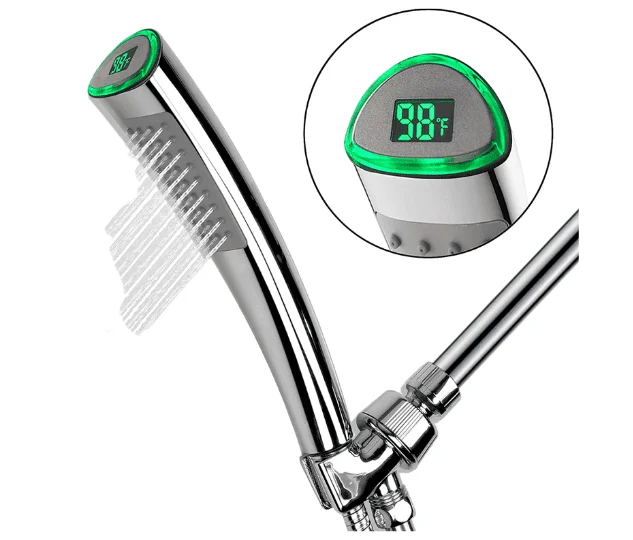


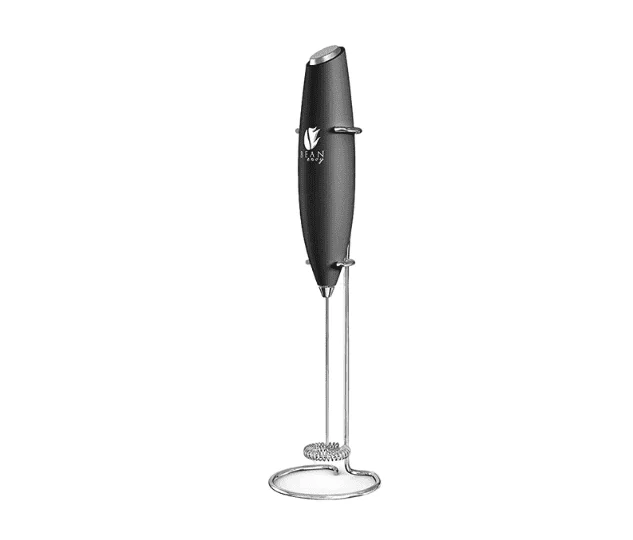


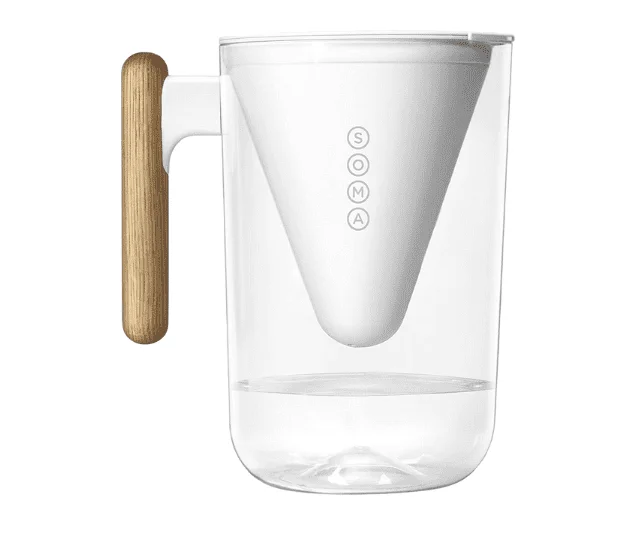
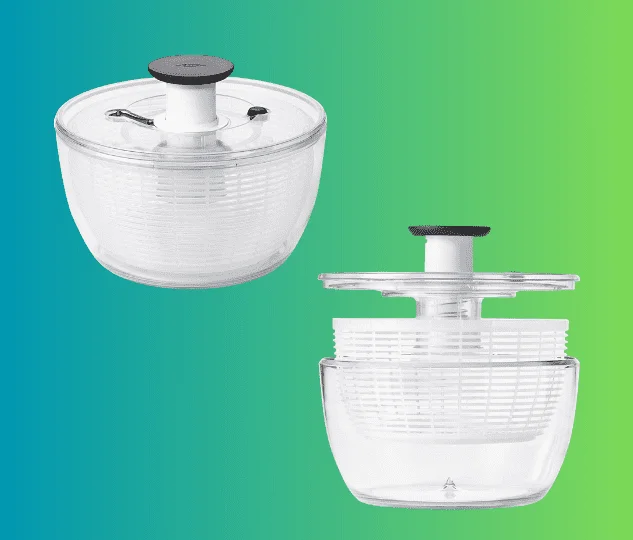


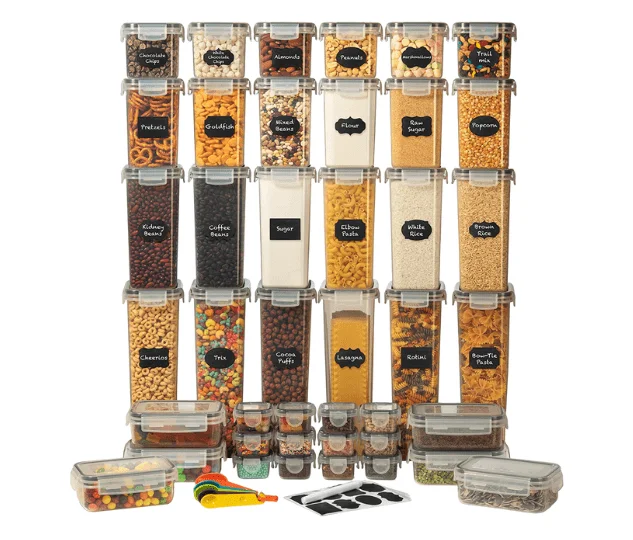





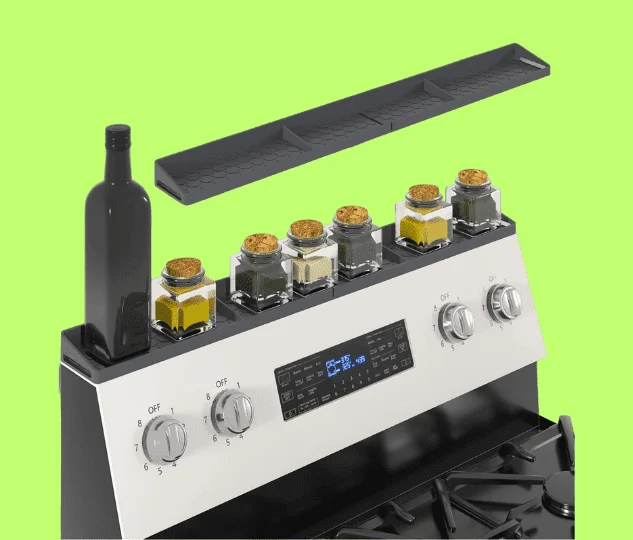
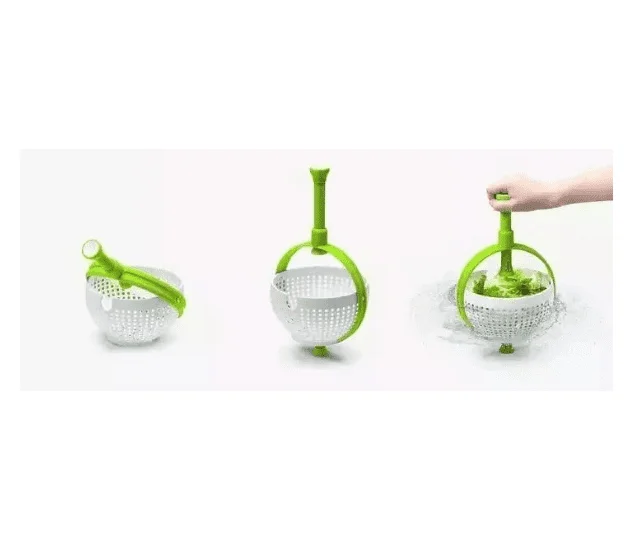


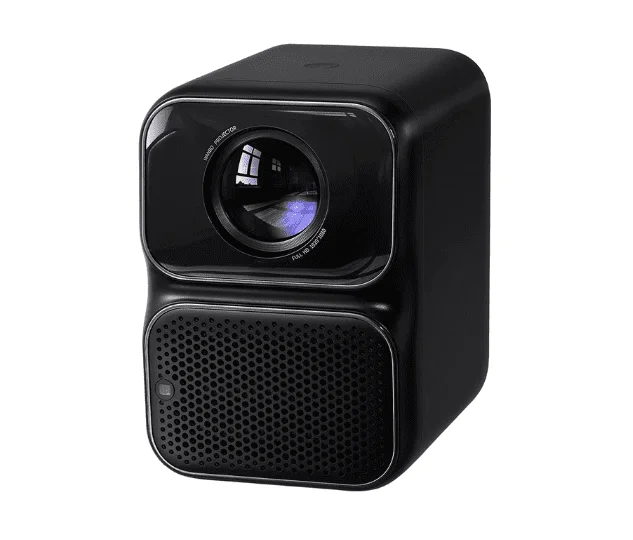

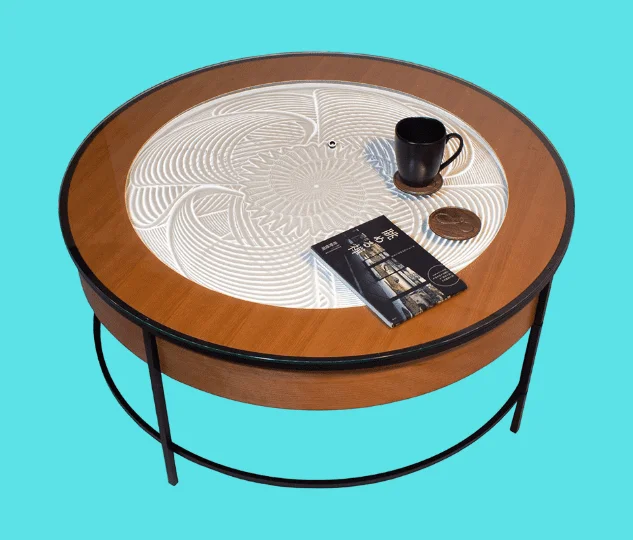









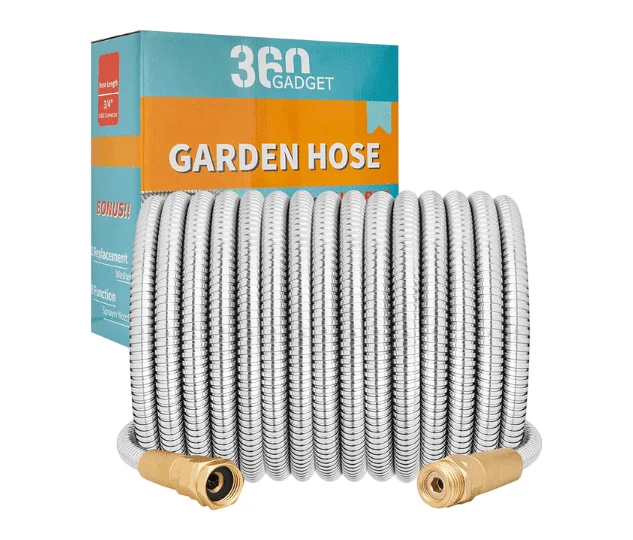



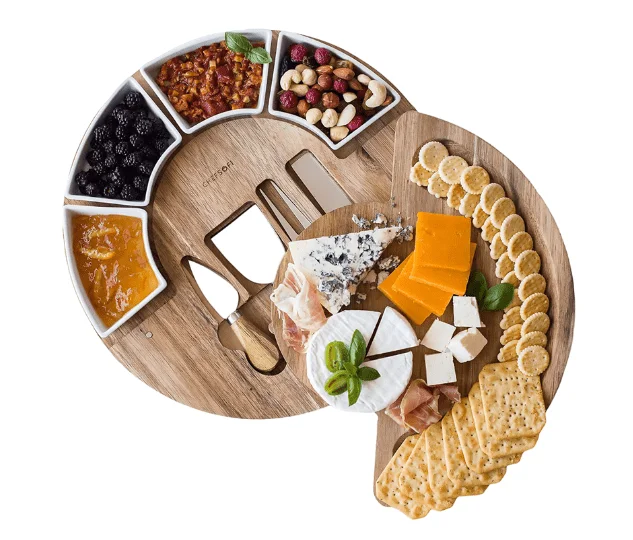
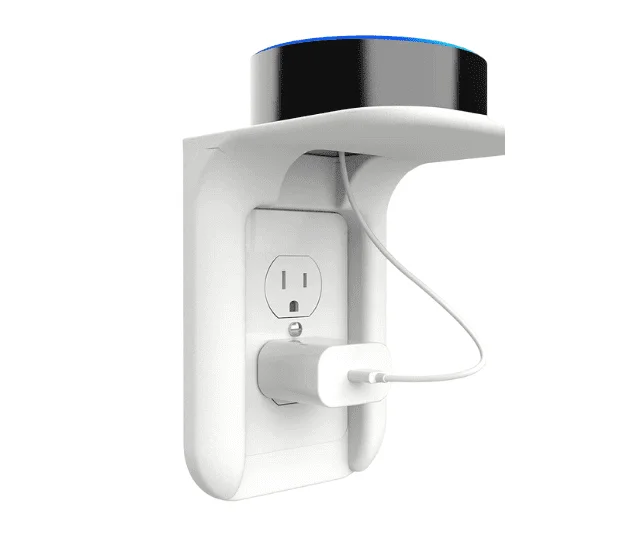

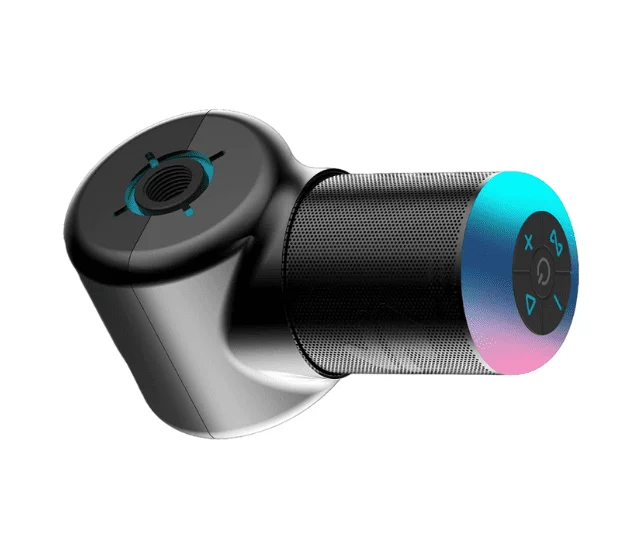
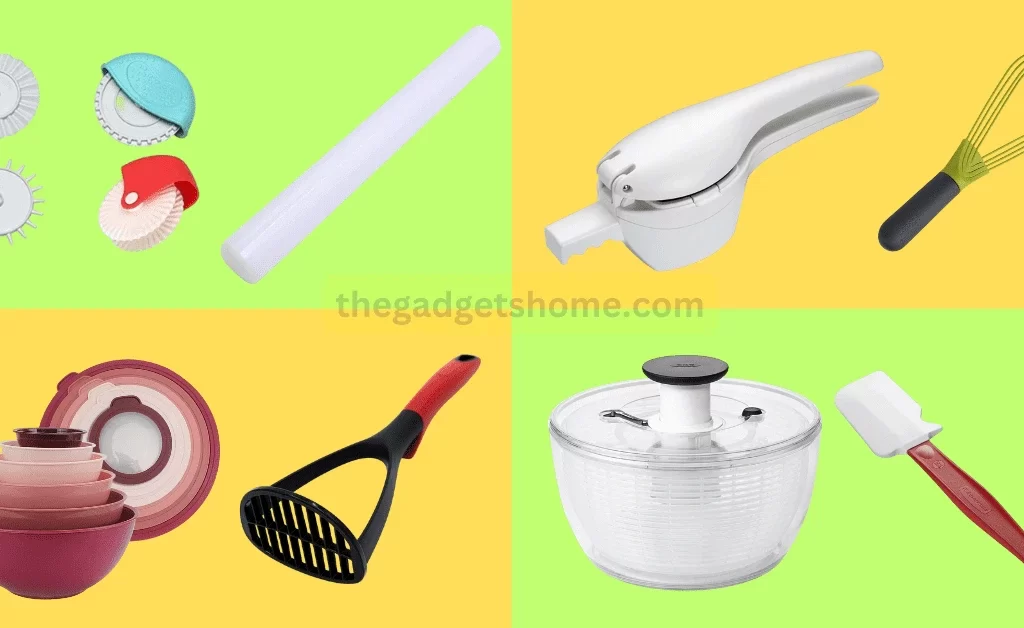






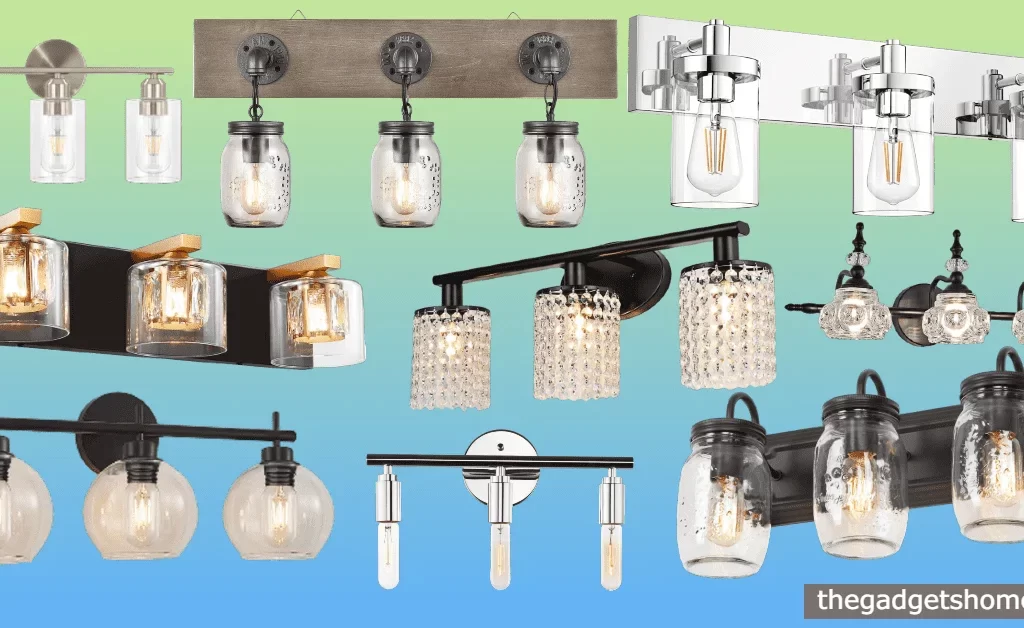












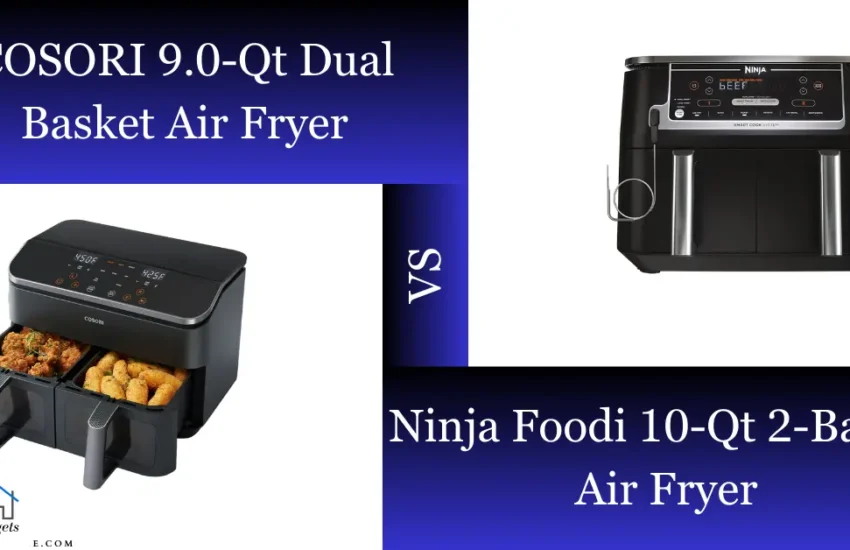
One thought on “Top 7 Best Garlic Keepers for Your Home Kitchen”